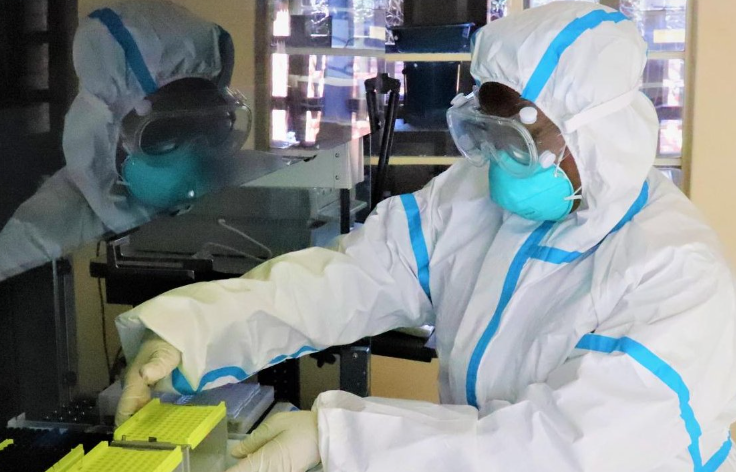Shutting down schools increases COVID-19 deaths: UK study
“Mitigating a COVID-19 epidemic requires very different strategies for different age groups and a different strategy from an influenza epidemic, with more focus on shielding elderly and vulnerable people,” he said. The findings are based on a re-analysis of 'Report 9', the study developed by Imperial College London and used by the UK government's Scientific Advisory Group for Emergencies (SAGE) to initiate Britain's nationwide lockdown on March 23, including shutting down schools, to avoid overloading the state-funded National Health Service (NHS).

- Country:
- United Kingdom
Shutting down schools during the coronavirus pandemic could result in more overall deaths in the long term than keeping them open, according to a new analysis released on Thursday of the data that informed the UK government's decision on lockdown back in March. The study, led by researchers from the University of Edinburgh, also revealed that social distancing is a more effective tool at reducing deaths when only employed by people over 70, compared with being used for the general population.
“In the short term, closing schools contributed to reducing the severity of the first wave, to the extent that (emergency) Nightingale hospitals were not needed, but the decision has left us more vulnerable to subsequent waves of infection,” said Professor Graeme Ackland, the lead author from Edinburgh University's School of Physics and Astronomy. “Mitigating a COVID-19 epidemic requires very different strategies for different age groups and a different strategy from an influenza epidemic, with more focus on shielding elderly and vulnerable people,” he said.
The findings are based on a re-analysis of 'Report 9', the study developed by Imperial College London and used by the UK government's Scientific Advisory Group for Emergencies (SAGE) to initiate Britain's nationwide lockdown on March 23, including shutting down schools, to avoid overloading the state-funded National Health Service (NHS). Imperial's original model predicted how the virus would spread, how the NHS would be affected and how many people would die in different scenarios. The new analysis, published in the ‘British Medical Journal’, combined Imperial's epidemiological modelling with real-world data collected since March using a simulation model – known as CovidSim.
The results verify that the predictions made from the original model were accurate. The study also uses Imperial’s model with CovidSim to forecast the pandemic’s potential spread and the analysis concludes that the interventions implemented in March gave the NHS the best possible outcome in reducing peak demand for intensive care beds. However, experts say these actions, which included closing schools and shops, if deployed again could prolong the epidemic and result in more long-term deaths, unless an effective vaccination programme is implemented.
General social distancing is predicted to reduce the number of cases but increase the total number of deaths, when compared with social distancing being practiced by the over-70’s only. This is because COVID-19 related deaths are highly skewed towards older age groups, experts said. Finally, the CovidSim model predicts a second wave, which initially grows more slowly, but becomes larger than the first unless interventions are re-implemented. The study notes that in the absence of an effective vaccination programme, none of the proposed mitigation strategies in the UK would reduce the predicted total number of deaths below 200,000.
The study notes: “We therefore conclude that the somewhat counterintuitive results that school closures lead to more deaths are a consequence of the addition of some interventions that suppress the first wave and failure to prioritise protection of the most vulnerable people. “When the interventions are lifted, there is still a large population who are susceptible and a substantial number of people who are infected. This then leads to a second wave of infections that can result in more deaths, but later. Further lockdowns would lead to a repeating series of waves of infection unless herd immunity is achieved by vaccination, which is not considered in the model.” To produce the new analysis, the team from Edinburgh University said it coordinated thousands of scientists working from home as part of the Rapid Assistance in Modelling the Pandemic (RAMP) project.
RAMP's computer experts took Imperial's code and made it easily available to all UK researchers, with access to the UK's supercomputers. The code was then rewritten to professional software standards in order to run the new calculations. The research considers only coronavirus deaths and does not take into account any other consequences of the lockdown, the experts stress. The research was funded by RAMP, UK Research and Innovation (UKRI) and coordinated by the UK's Royal Society.
(This story has not been edited by Devdiscourse staff and is auto-generated from a syndicated feed.)
- READ MORE ON:
- PTI AK RS RS
- Graeme Ackland
- CovidSim










